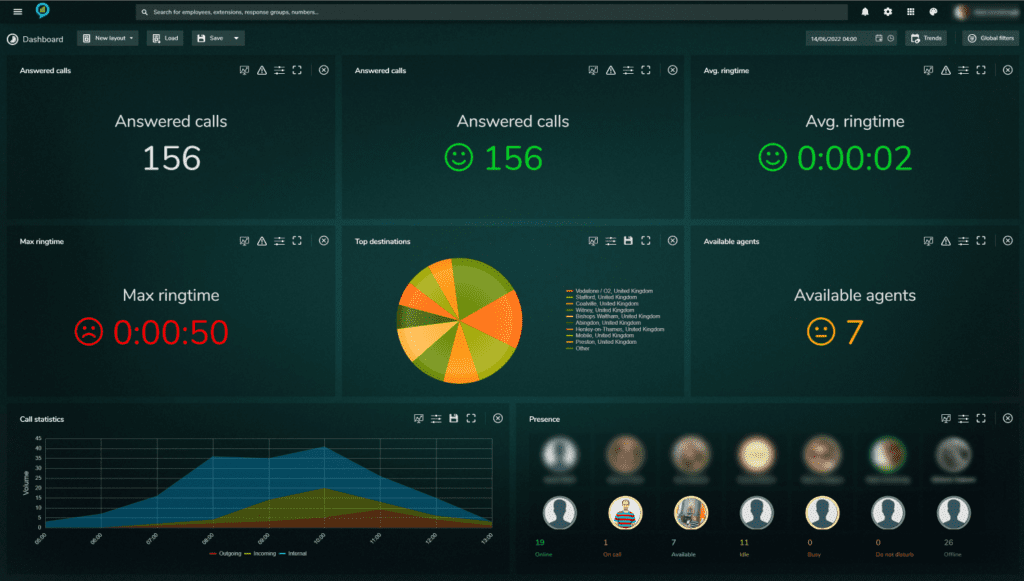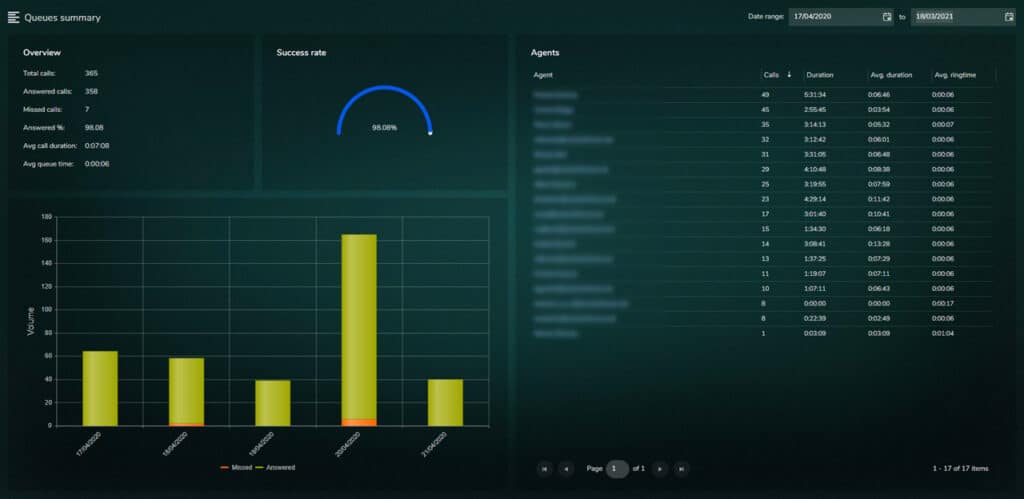By Adrian Sturdy, Product Director.
Many organisations have invested heavily in technology over the last few years to enable home and remote working for their employees. Microsoft saw their global Teams active daily users rocket from 75 Million to 270 Million in the space of 2 years.
The transition from on-premises systems, such as PBX’s, to cloud solutions in such a short space of time did leave some gaps for clients who have not had time to future proof the investment in these solutions.
Through our day-to-day working with our clients since the release of Teams back in 2017, many organisations found that they had pockets of users who needed additional features not found out-of-the-box with Microsoft Teams. These groups of users were typically customer facing or service functions but not at a scale to warrant the investment in expensive call centre platforms. Call centre investments can start small but when you start to add users at £200 to £500 per seat, these investments can spiral if you have multiple teams and additional feature requirements.
What we found that most smaller groups of users needed a solution that gave them the visibility of the current real time situation, agents availability, waiting times, call handling and basic reporting back to the business.
As Teams matured as a technology and Microsoft released more APIs to enable further development on the Teams platform, our team at Code constantly received requests from our client base of 2000+ customers in relation to these requirements. Our history around analytics and call reporting made this an ideal area for us to explore development in. The access to the new APIs gave us the opportunity to develop a “Light Contact Centre” solution for organisations that needed Auto Attendants and Call Queues with additional features and functionality to meet the business needs.
Many requirement were included in our first iteration of the product including detailed, user-driven reporting, dashboards and summary screens showing queue, AA and agent performance. A major request was to give the owners of the call queues and auto attendants the ability to manage the queues themselves. By not having to rely on IT departments to make basic changes, this resulted in the queue owners themselves being able to view performance and drive the highest levels of customer satisfaction for their internal and external facing teams.
One client reported to us that when they started to use the Clobba to monitor and manage their call queues, they saw immediate call handling improvements and increases in efficiencies for organisations.
Another client reported around a 40% increase in productivity in agents, which was primarily due them receiving a daily email with a report detailing their activity for the day.
As the Clobba dashboards are configurable to the requirements of the individual user or manager, it means that the information presented is 100% relevant to them. In addition, the security policies allow for restricted access both at feature and organization level; for example, a team leader can be restricted to view only the dashboards and the details of their own team members.
For more information on how Clobba can help your organisation please click here.





